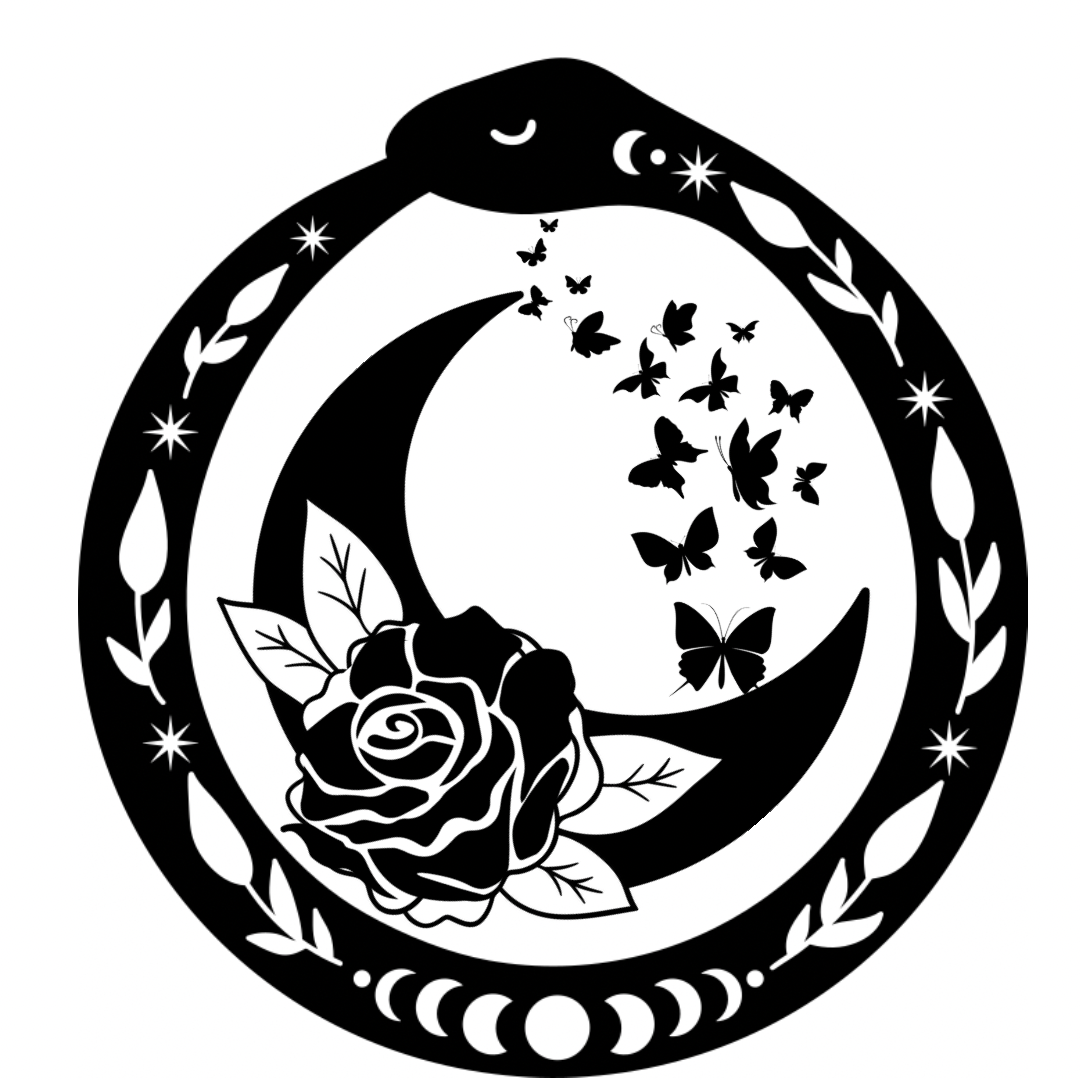MODULE 2
ASANA
EXPERIENCING AND INFLUENCING GROSS ENERGY
CONNECTING WITH GROSS ENERGY - EXPERIENCING PHYSICAL SATISFACTION
STUDY YOGA HISTORY & PHILOSOPHY
Discover how yoga developed non-linearly over thousands of years in at least ten cultural movements. Explore how asana practice evolved from 1 seated posture in Yoga Sutras of Patanjali to over 100 postures in the 1850s. Study Tirumalai Krishnamacharya’s influence on modern postural yoga. Learn about the sharing of Taoist yoga by Paulie Zink and Paul Grilley.
ENGAGE WITH A PERENNIAL YOGA PRACTICE
Understand how all perennial practices share the foundational core of “knowing thyself” through present moment awareness, courageous honesty, and radical love. Explore asana practice as the experiencing and influencing the densest energy of our body-minds. Consider how asana practice connects us to gross energy and the experience of physical satisfaction.
OBSERVE YAMAS & NIYAMAS
Explore the ethics-integrity pairing of ahimsa (non-violence, non-harm, care, compassion) and ishvara-pranidhana (devotion to Life-divine mystery, trust in what is, surrender). Contemplate this pairing as the greatest of all yama-niyama pairs. Consider how Thich Nhat Hanh exemplifies this ethic-integrity pairing. Imagine other icons who embody this ethics-integrity pairing.
PRACTICE & SHARE ASANA
Learn and teach sun salutation postures, including: hastasana, uttanasana, ardha uttanasana, chaturanga dandasana, urdhva mukha svanasana, adho mukha svanasana, and utkatasana. Understand vinyasa as a cycle of complementary opposites. Explore the rhythm of sthira and sukha. Compare three main energies of asana: vitalization, sensitization, and relaxation.
PRACTICE & SHARE PRANAYAMA
Explore linking breath with movement. Experiment with inhales during blooming-lifting movements and exhales during grounding-rooting movements. Experience how the breath creates and fuels movement with how movement shapes and changes breath. Experiment with ujjayi pranayama practice as described in Hatha Yoga Pradipika and Gheranda Sanmhita.
PRACTICE PRATYAHARA
Practice self-reflective journaling for Module 2 as a form of pratyahara. Consider keeping gratitude journal and noticing how practicing gratitude can reflect what’s most meaningful. Reflect on the aspects of dominant cultural that prioritize productivity, busyness, and doing, over resting, relaxing, and being. Consider how we conditioned as a collective to resist rest.
PRACTICE DHARANA
Consider various anchors of awareness for dharana practice, including: tactile sensations, visual sensations, auditory sensations, gustatory sensations, and olfactory sensations. Practice walking meditation moving slowly and intentionally with body awareness as a form of dharana practice. Explore anjali mudra (prayer hands) as a point of focus for dharana practice.
PRACTICE DHYANA
Chant Ganesha Mantra for the removal of obstacles. Consider how we create our own obstacles through our self-imposed limiting beliefs. Continue to practice chanting the Om Mantra, bringing awareness to how you feel when you do. Feel into the lyrics of Learn to Live in Love. Consider your most meaningful thing and a word or phrase that represents that thing.
CO-CREATE CONSCIOUS COMMUNITY
Consider how popular yoga culture amplifies patterns of marginalization (racism, body size bias, ableism). Consider what it means to include, accommodate, and respect all backgrounds, bodies, and abilities. Meet with mentor group. Consider keeping a teaching journal and reflecting on the experience of sharing yoga, noticing what felt connected and what didn’t.
CREATE YANTRA
Become familiar with significance of the Sri Yantra and Bhuvaneshvari Yantra. Notice their common elements. Study the symbolism of various colors and geometric shapes commonly found in yantras. Explore the shape of the symbol for the Sanskrit sound “om.” Create an om charm.
STUDY AYURVEDA
Become aware of how the pancha mahabhutas mix to form three main doshas (energy patterns): (i) vata = air-wind + space-ether, (ii) pitta = fire + water, and (iii) kapha = earth + water. Learn how these energy patterns are the internal and external forces essential to life and can be harmful if out of harmony.
STUDY ANATOMY, PHYSIOLOGY & BIOMECHANICS
Learn musculoskeletal system basics, including major bone, muscle, and connective tissue names and functions. Compare spinal regions and curves, identify types of spinal movements. Explore intrinsic equilibrium of spine, ribs, and pelvis. Learn about body movements (flexion, extension, hyperextension, abduction, adduction, and rotation).

